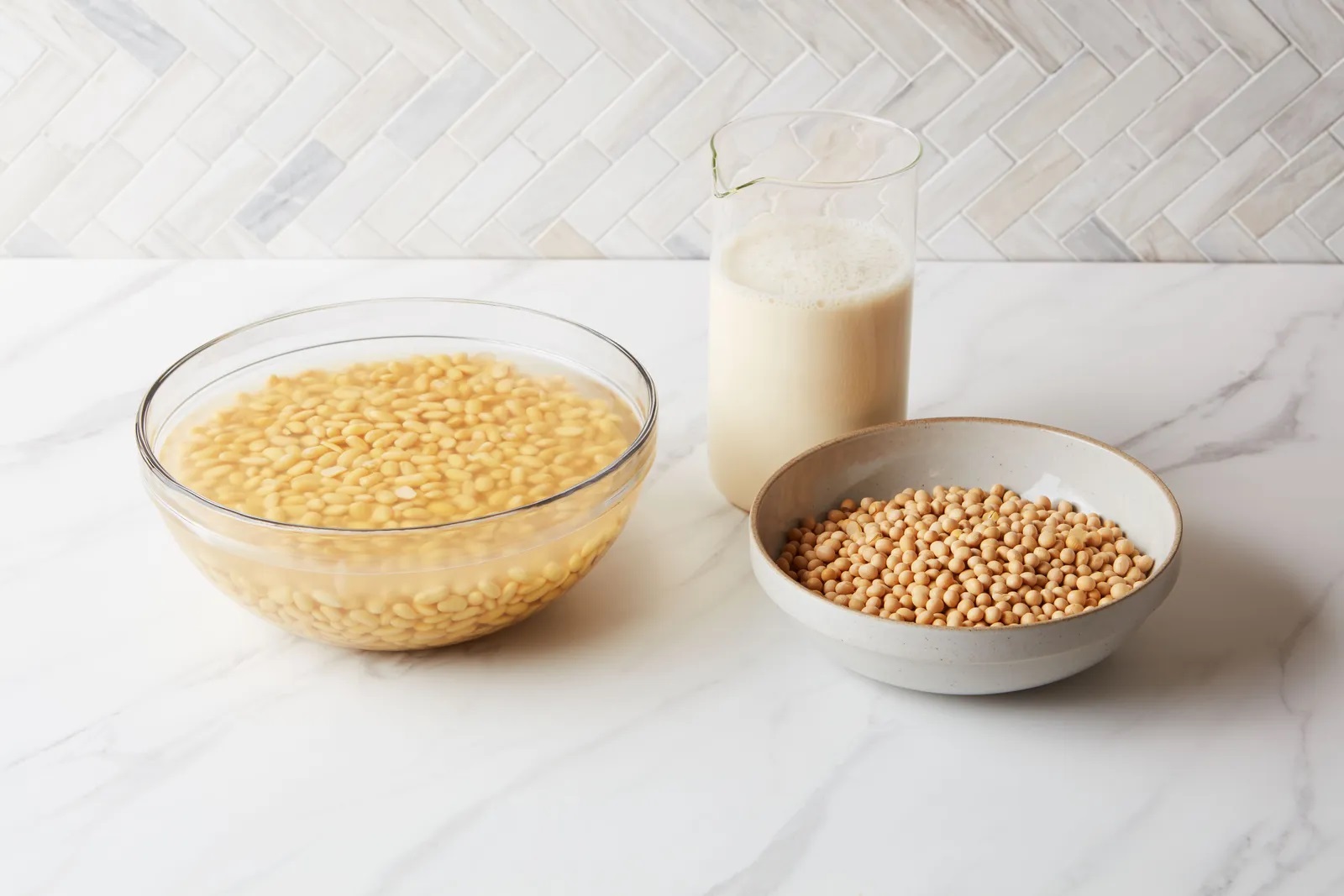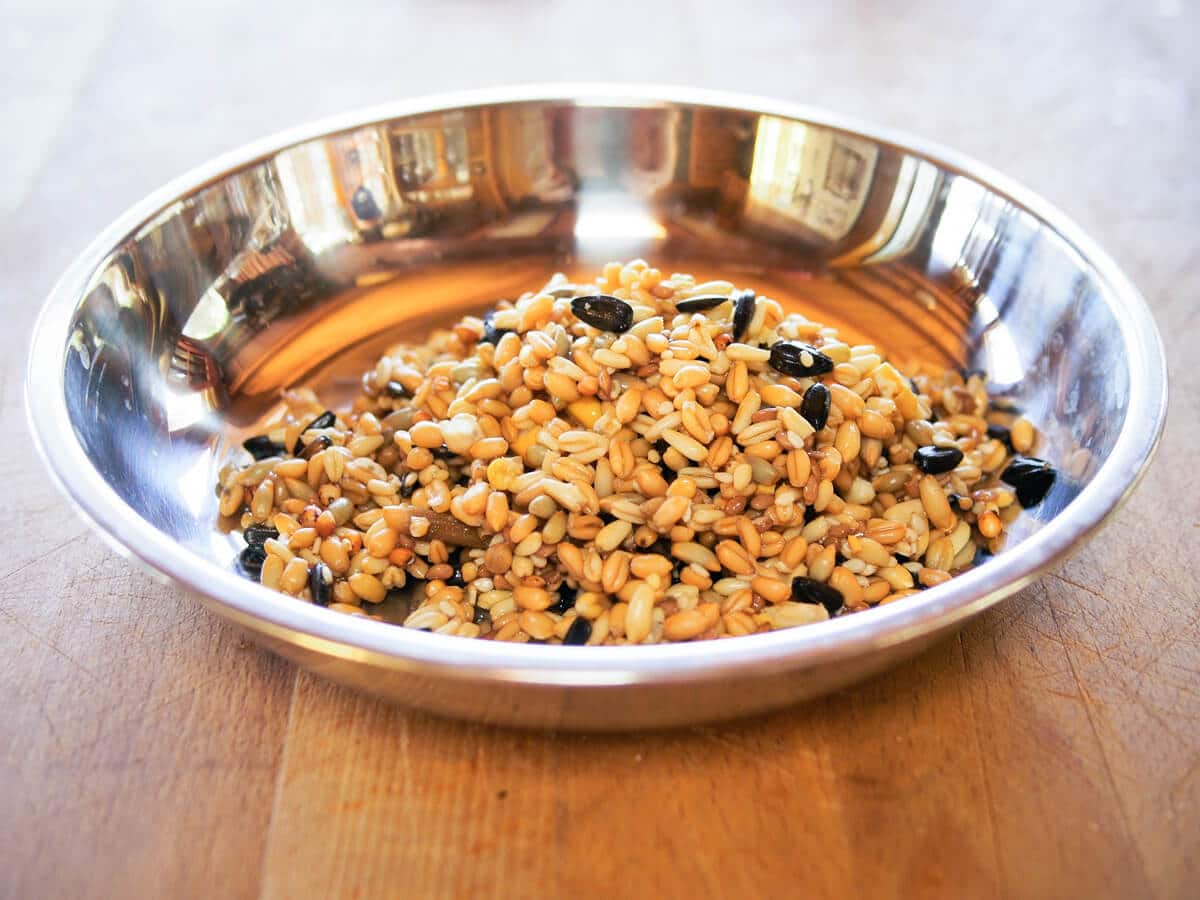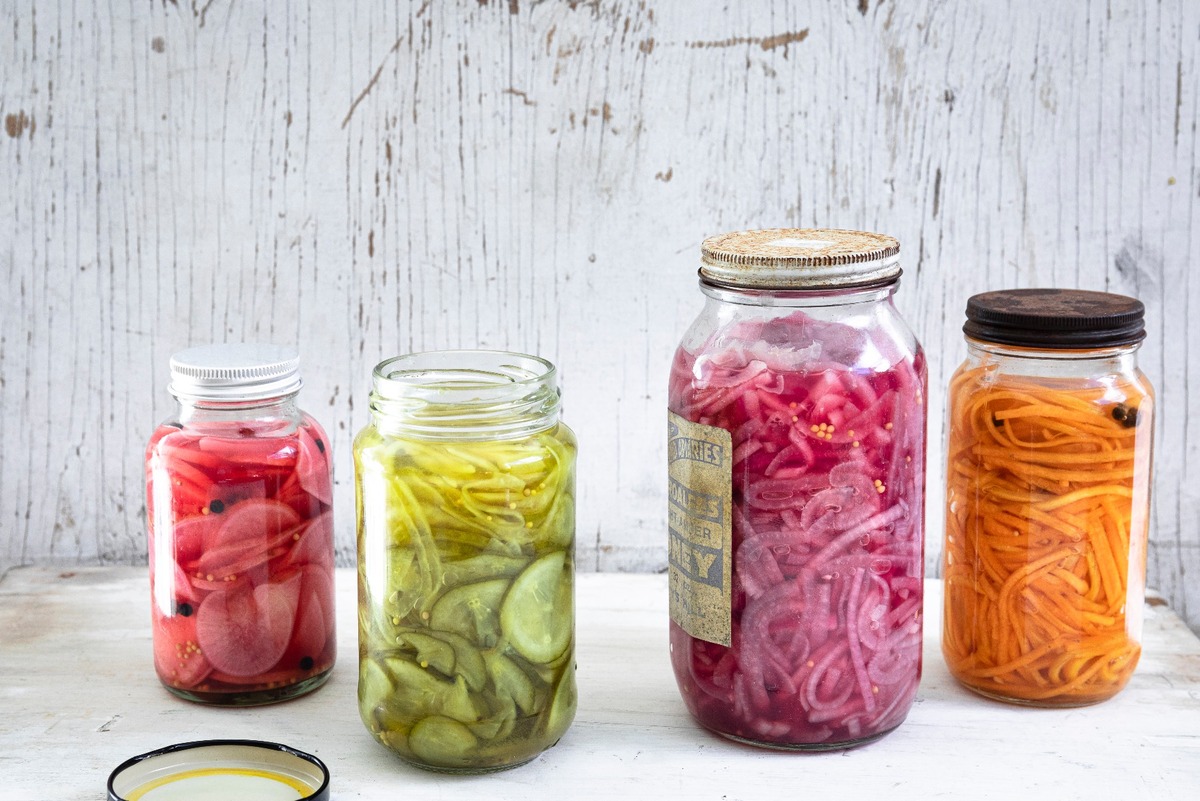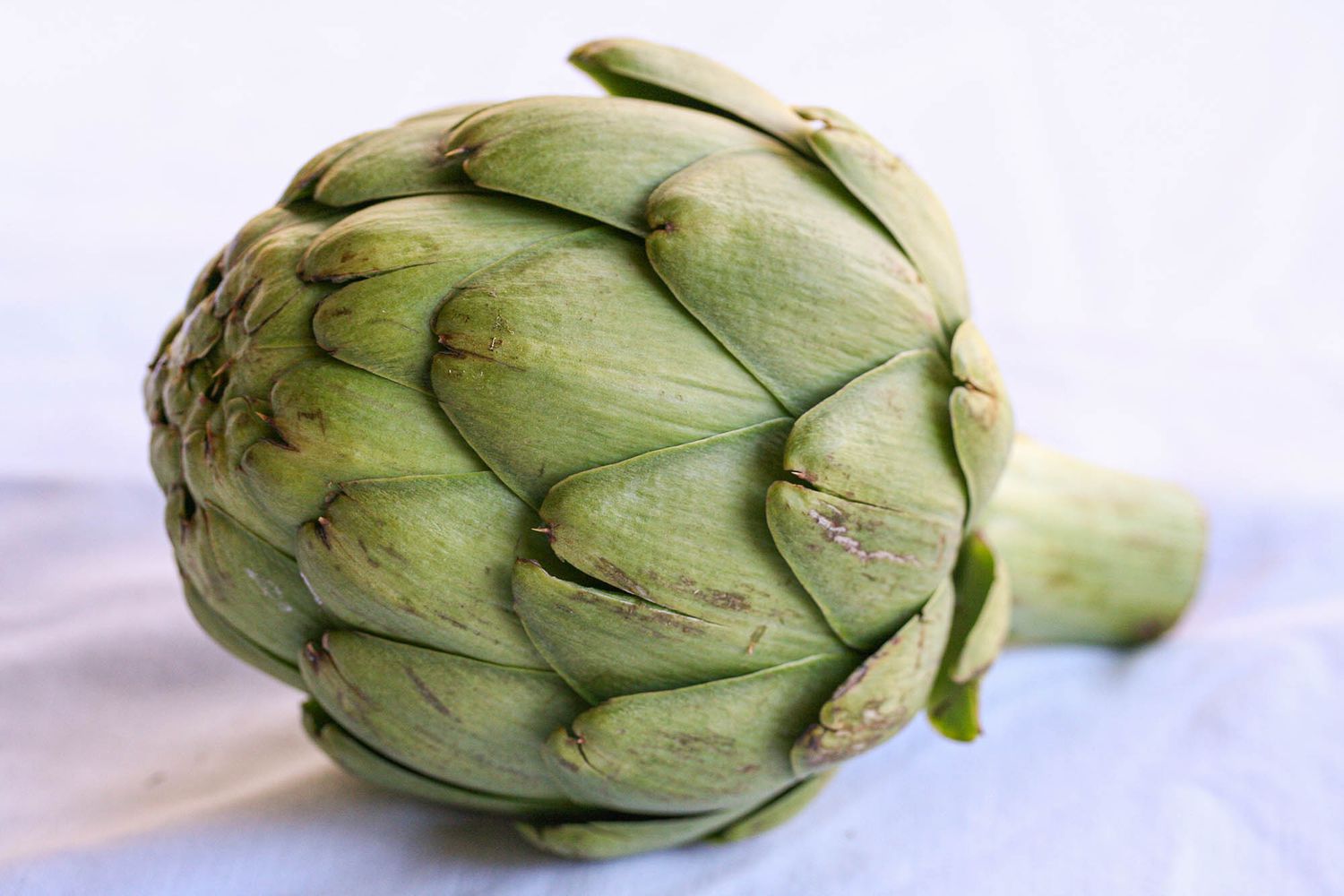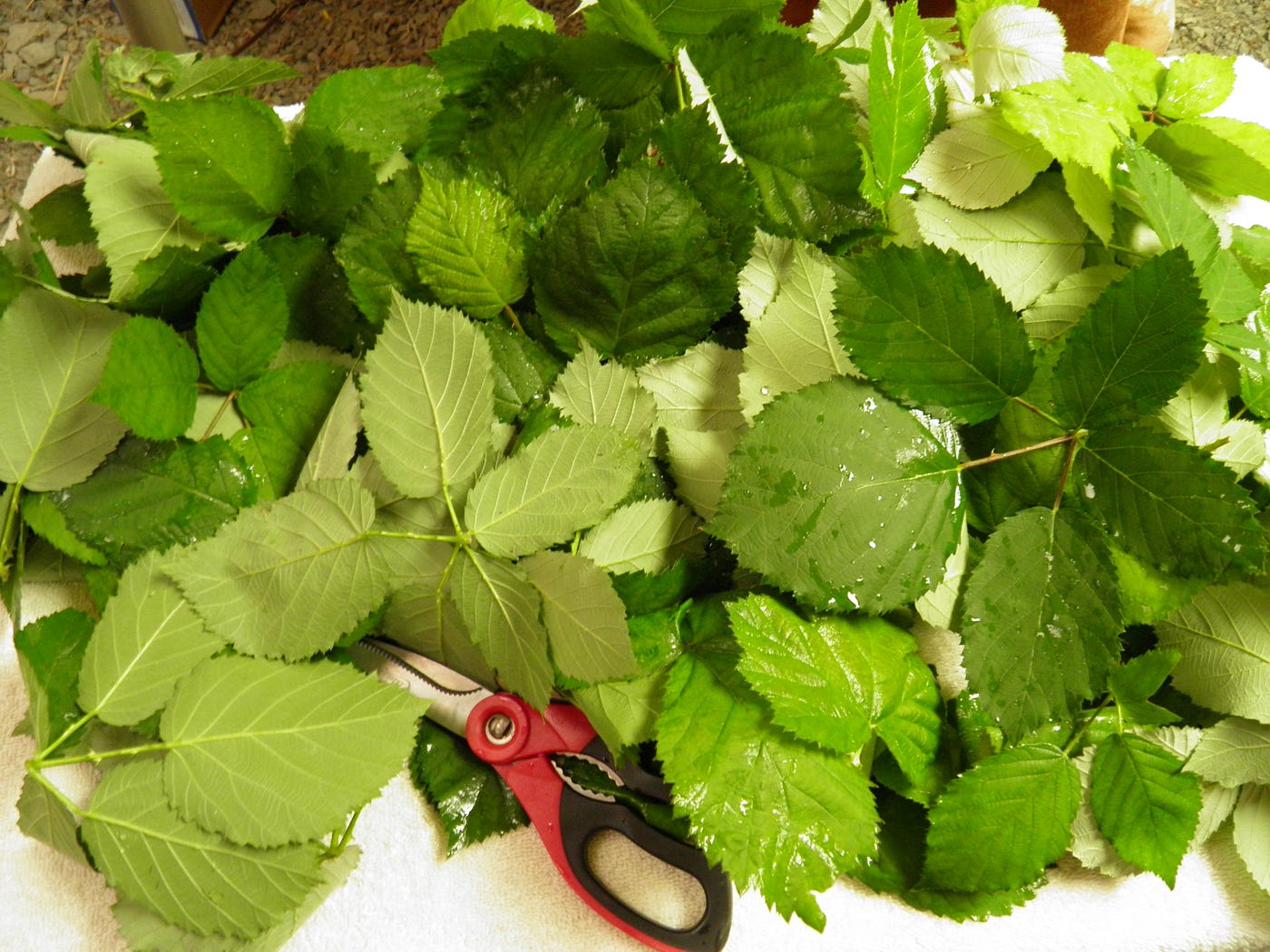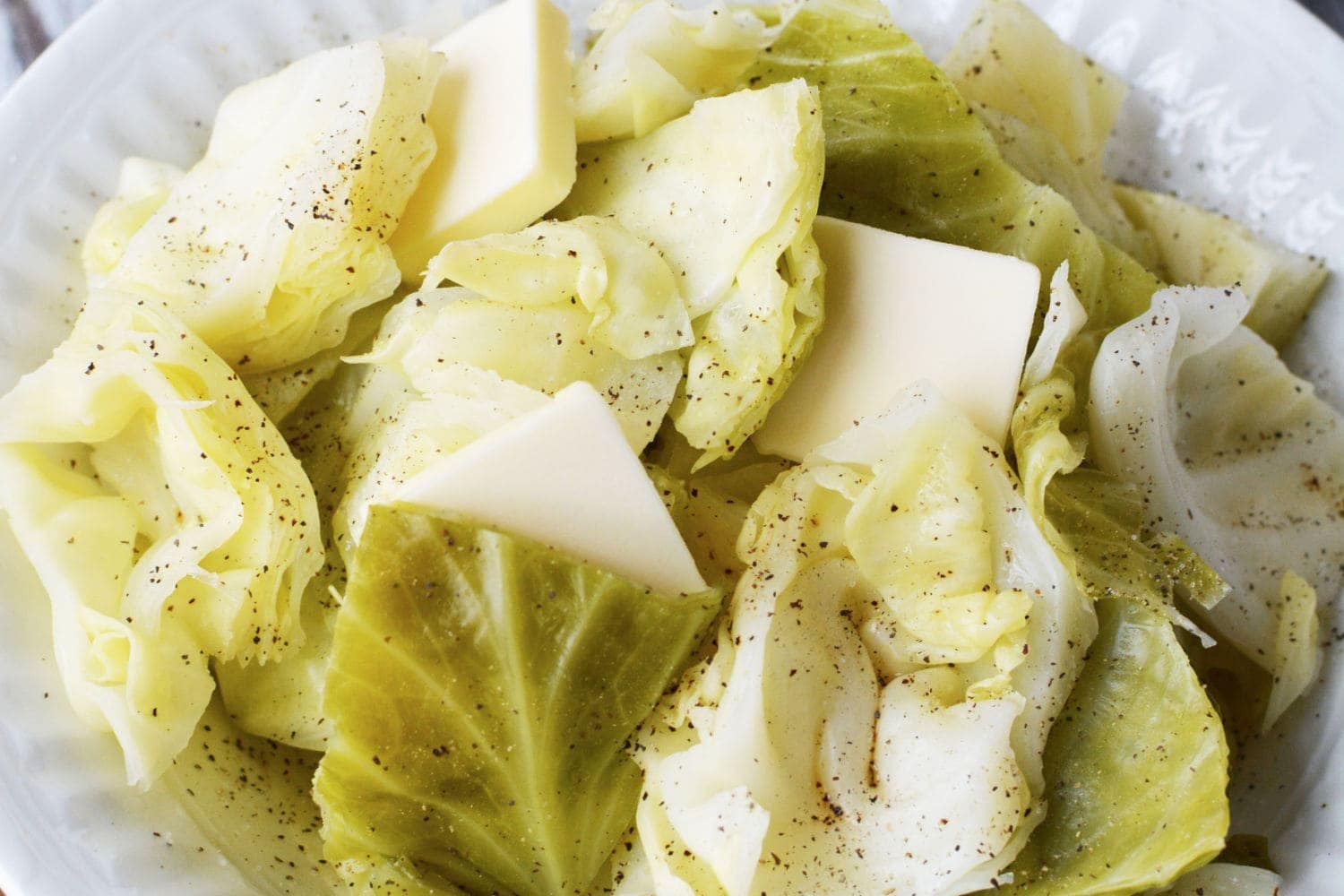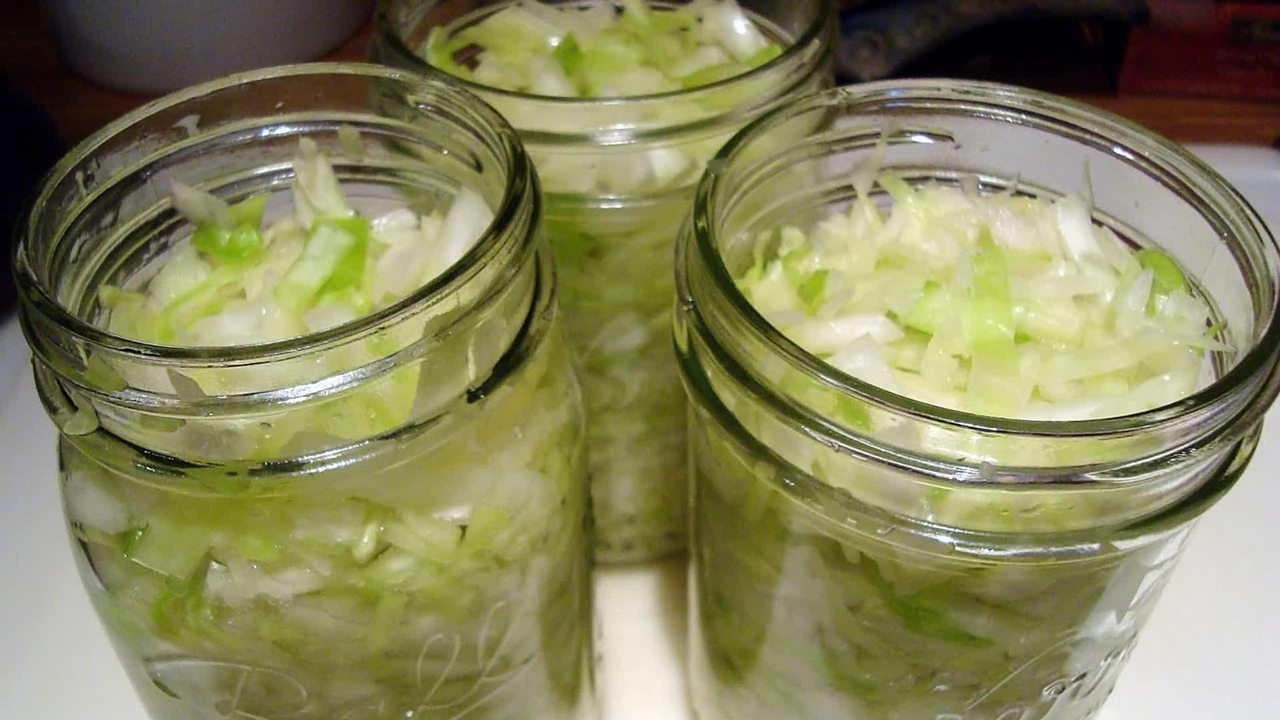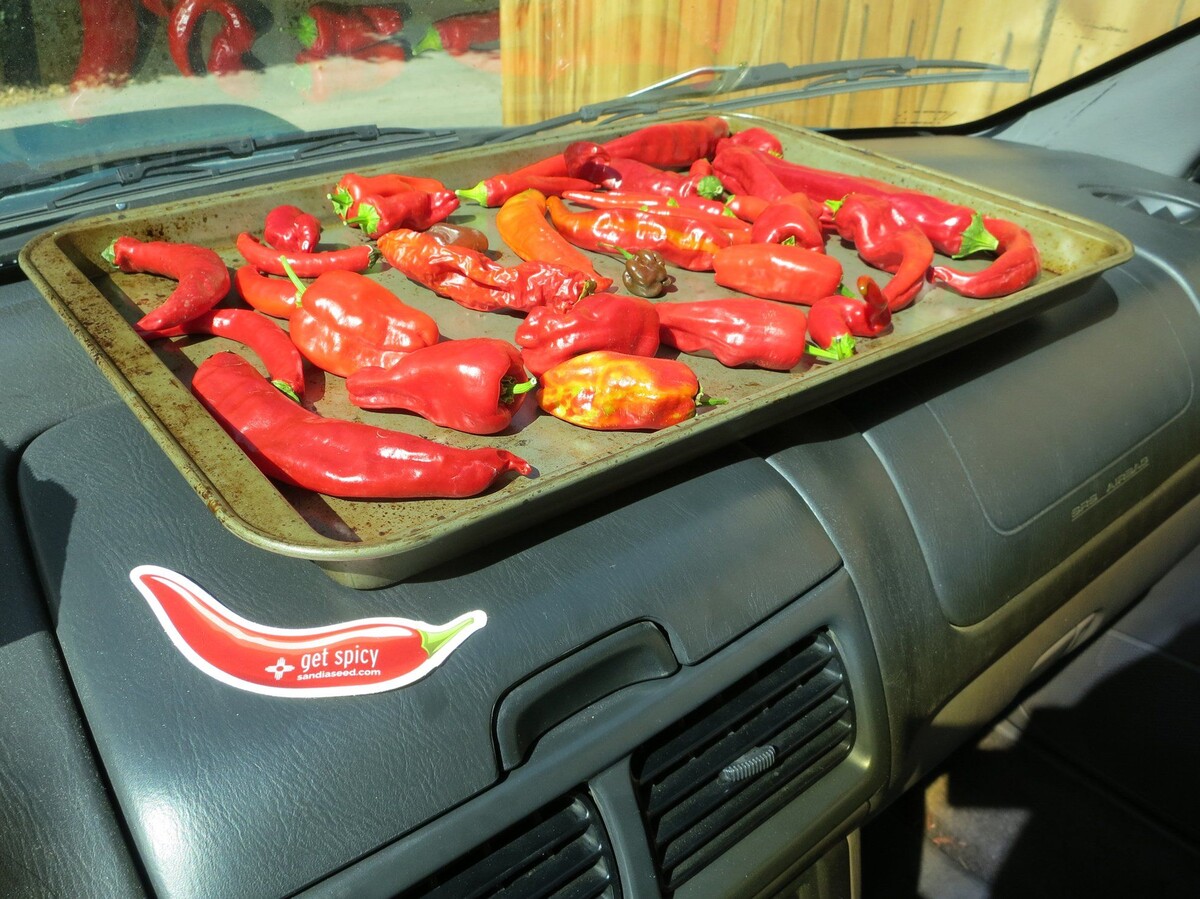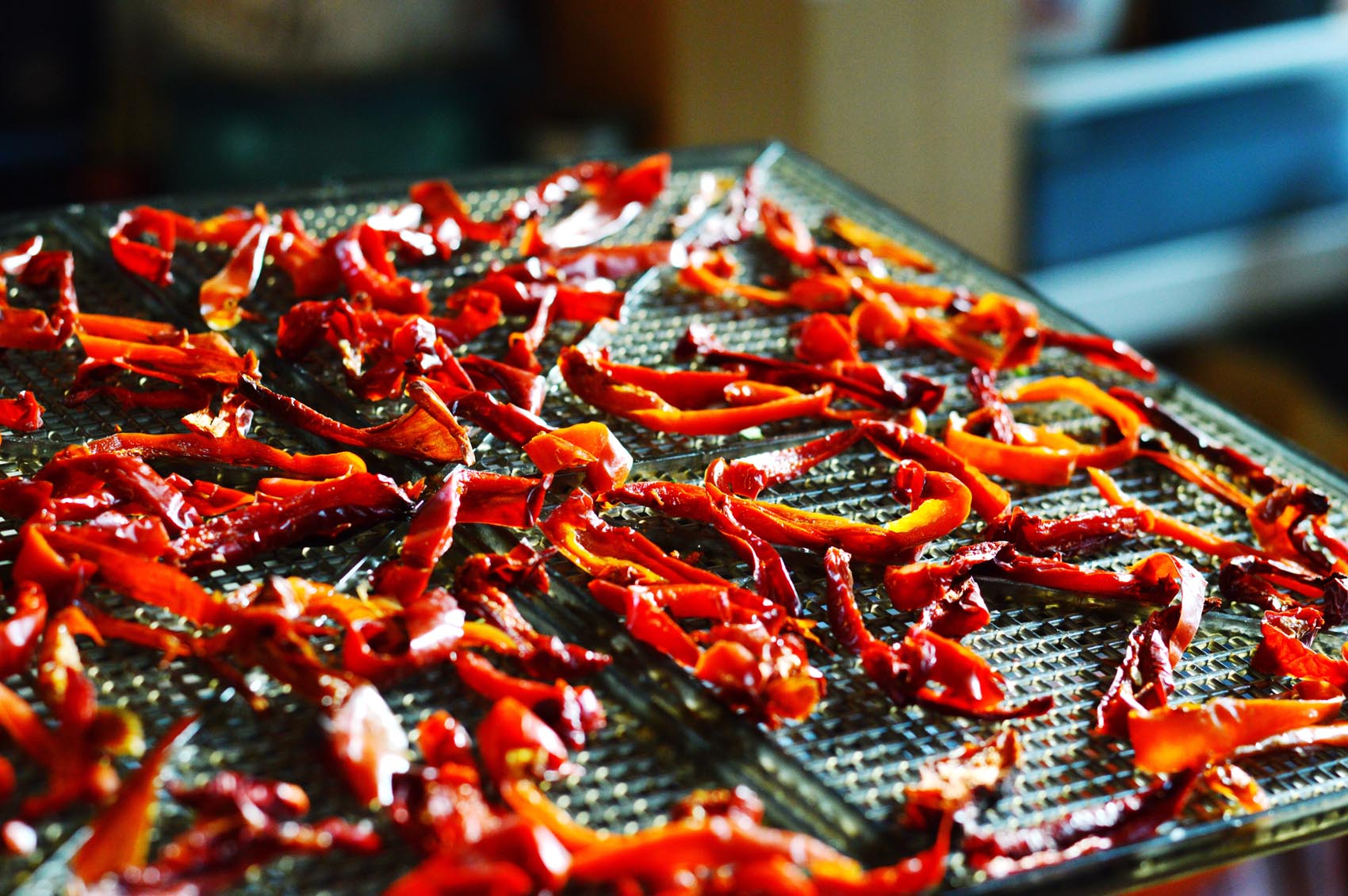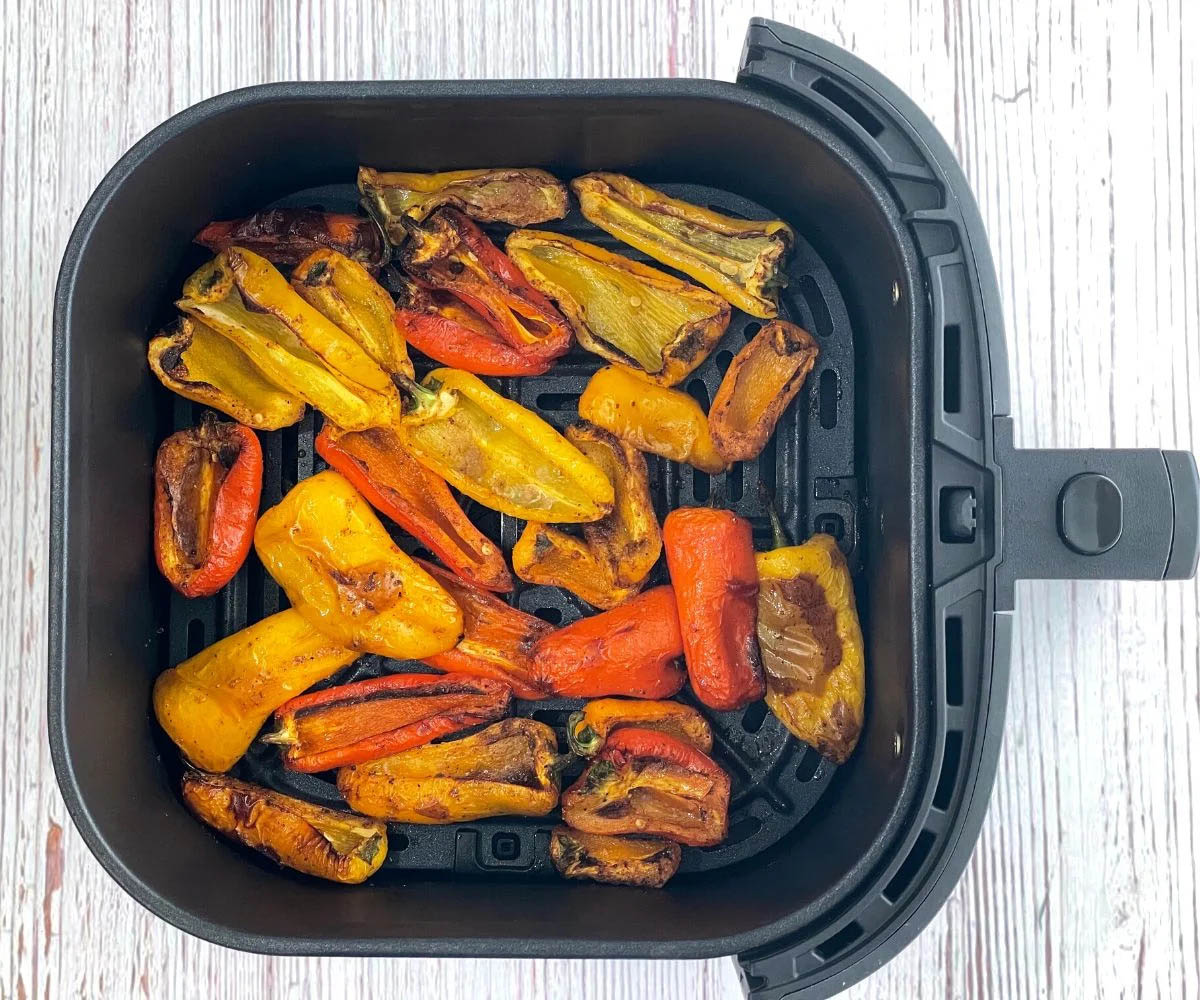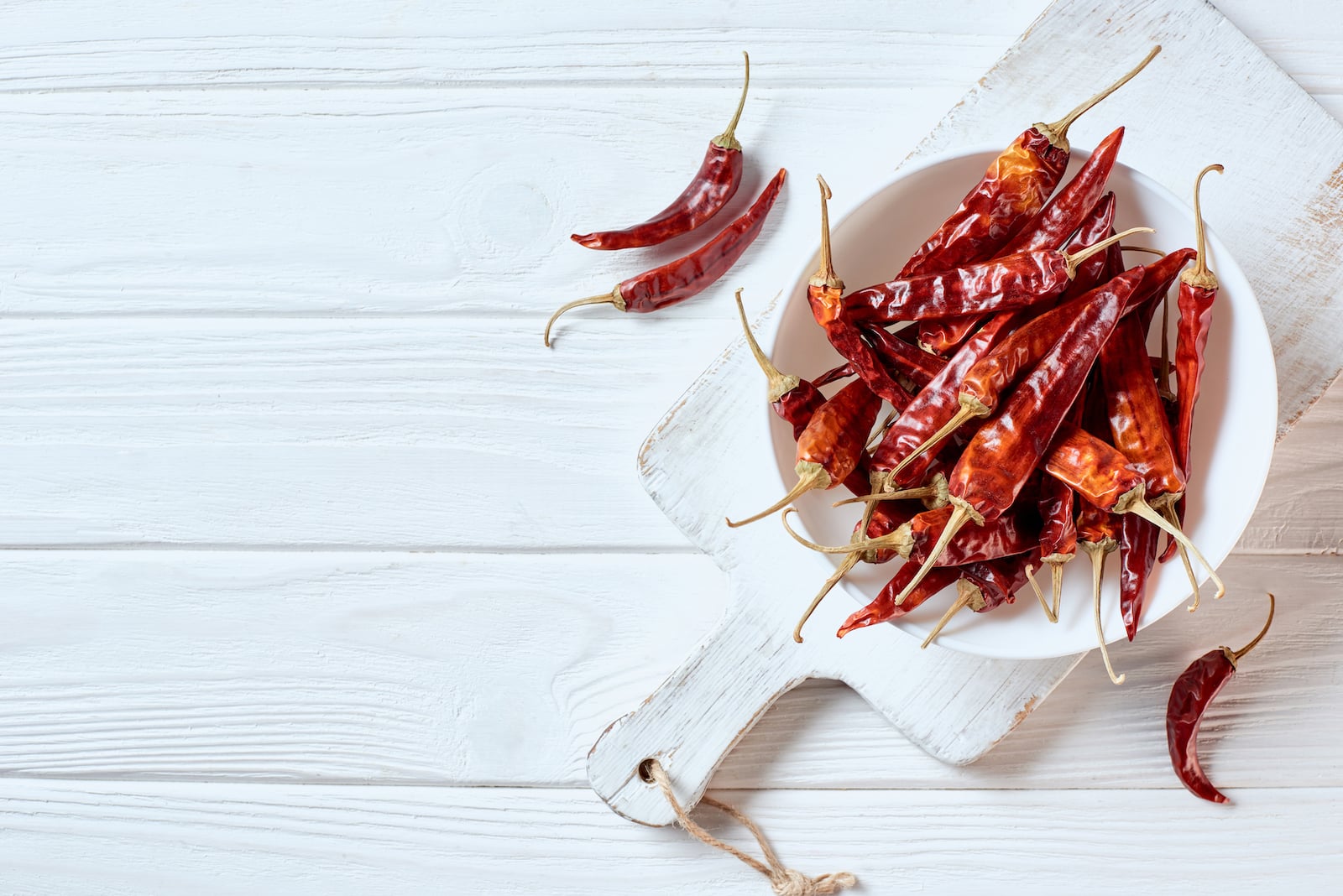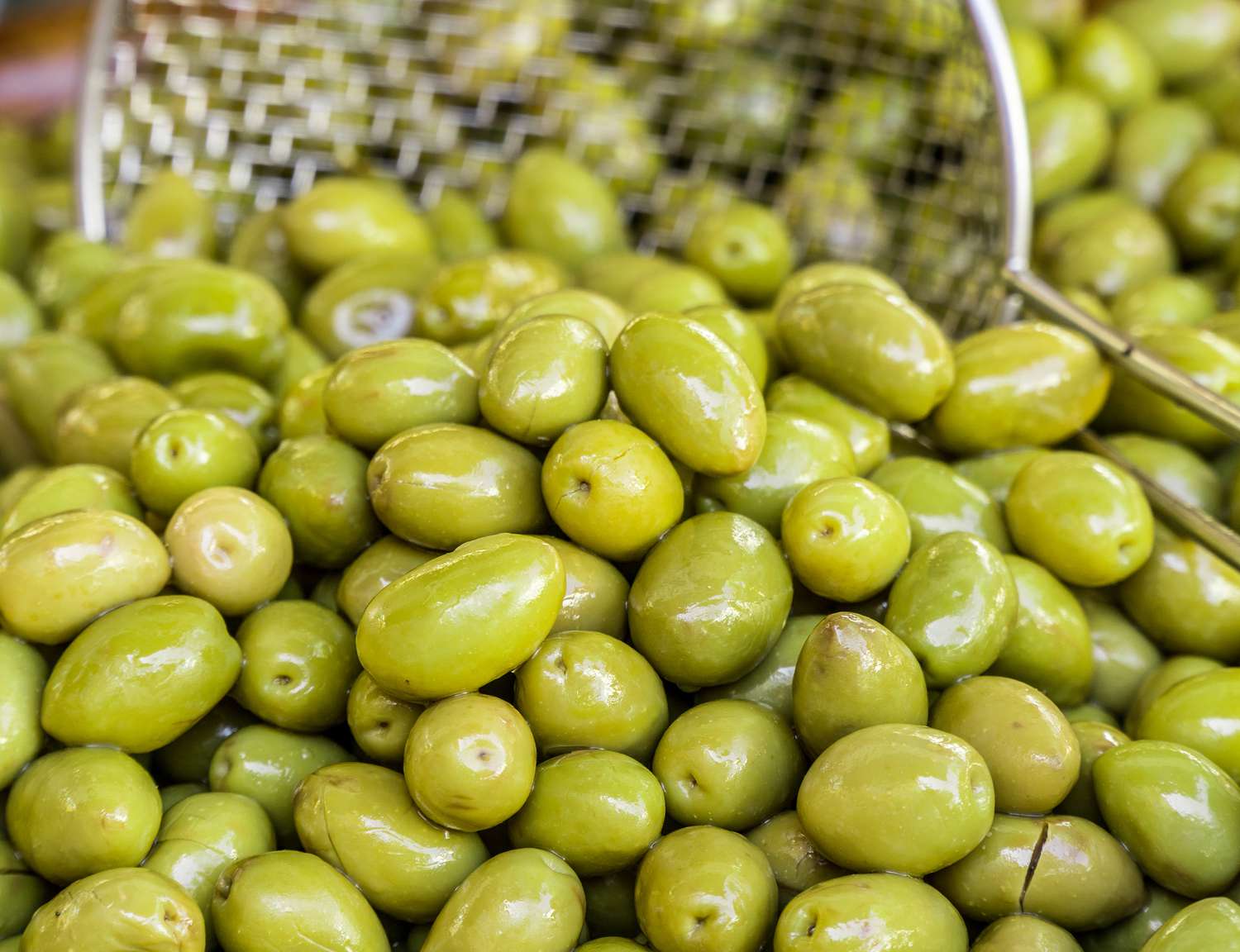Unlocking the Delicious Potential of Fermented Bananas
Are you looking for a new and exciting way to enjoy bananas? Look no further than the world of fermented bananas! Fermentation is a natural process that can transform ordinary bananas into a tangy and flavorful treat. In this article, we’ll explore the ins and outs of fermenting bananas and provide you with a step-by-step guide to getting started.
Understanding the Fermentation Process
Before we dive into the specifics of fermenting bananas, let’s take a moment to understand the basics of the fermentation process. Fermentation is a metabolic process that converts sugars into acids, gases, or alcohol. In the case of bananas, the sugars in the fruit are broken down by beneficial bacteria and yeast, resulting in a tangy and slightly effervescent flavor.
Choosing the Right Bananas
When it comes to fermenting bananas, it’s important to start with the right fruit. Look for bananas that are ripe but not overly soft. Green or unripe bananas may not have enough sugar for the fermentation process, while overly ripe bananas can become mushy and overly sweet. Aim for bananas that are yellow with a few brown spots, indicating that they are at the perfect stage for fermentation.
Preparing the Bananas
Once you’ve selected the perfect bananas, it’s time to prepare them for fermentation. Start by peeling the bananas and cutting them into small pieces. The smaller the pieces, the more surface area there will be for the fermentation process to take place. Place the banana pieces in a clean, airtight container, leaving some space at the top for gases to escape.
Adding the Fermentation Starter
One of the key components of fermenting bananas is the addition of a fermentation starter. This can be a small amount of a previously fermented batch of bananas, a commercial starter culture, or even just a sprinkle of sugar to kickstart the process. The starter introduces beneficial bacteria and yeast to the bananas, jumpstarting the fermentation process.
Allowing the Fermentation to Take Place
Once the bananas and starter are combined, it’s time to let the magic happen. Seal the container and place it in a warm, dark place to ferment. Check on the bananas periodically, releasing any built-up gases by opening the container briefly. Depending on the ambient temperature, the bananas may take anywhere from a few days to a week to fully ferment.
Enjoying Your Fermented Bananas
Once the bananas have reached your desired level of fermentation, they’re ready to enjoy! Fermented bananas can be enjoyed on their own as a tangy snack, or used in a variety of culinary applications. Try adding them to smoothies, oatmeal, or even using them as a topping for yogurt or ice cream. The possibilities are endless!
Experimenting with Flavors
One of the most exciting aspects of fermenting bananas is the opportunity to experiment with different flavors and additions. Consider adding spices like cinnamon or nutmeg, or even a splash of citrus juice for a bright and zesty twist. You can also try fermenting bananas alongside other fruits for a unique and complex flavor profile.
Final Thoughts
Fermenting bananas is a fun and rewarding way to explore the world of fermentation and enjoy a delicious and nutritious treat. Whether you’re new to the world of fermentation or a seasoned pro, experimenting with bananas is sure to yield delightful results. So why not pick up some bananas and start fermenting today? Your taste buds will thank you!
More Delicious Fermented Banana Recipes to Try
Now that you've mastered the art of fermenting bananas, it's time to put your skills to the test with an array of delectable recipes. For a refreshing start, consider the fermented banana smoothie bowl, blending the tangy taste of fermented bananas with your favorite smoothie ingredients for a nutritious breakfast. If you're in the mood for something hearty, the fermented banana pancakes are a must-try, offering a delightful twist on a breakfast classic. For those with a sweet tooth, the tropical fermented banana ice cream provides a creamy, tropical escape that's perfect for warm weather indulgence. Each recipe utilizes fermented bananas in unique ways, enhancing both the flavor and nutritional profile of traditional dishes. Experimenting with these recipes not only broadens your culinary repertoire but also introduces a probiotic boost to your everyday diet.
Was this page helpful?
Read Next: How To Ferment Apple Juice Into Alcohol
